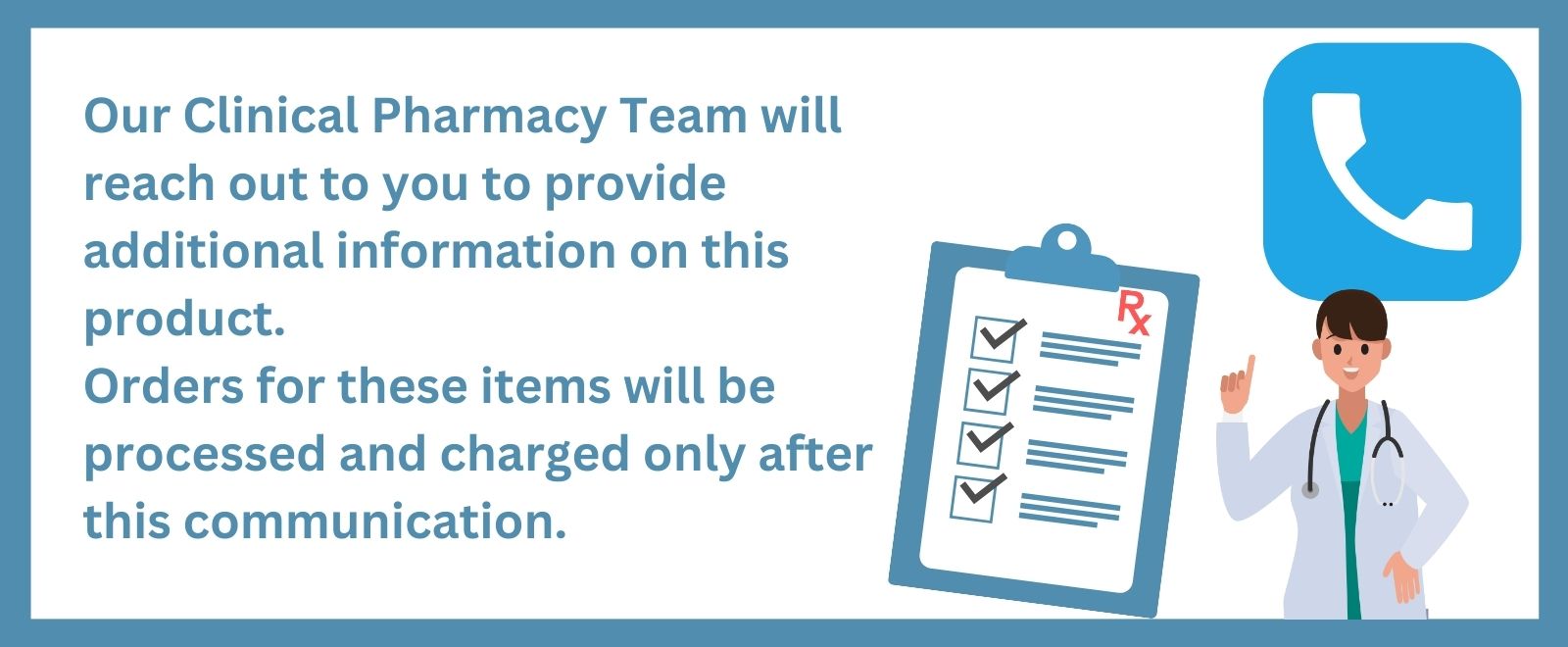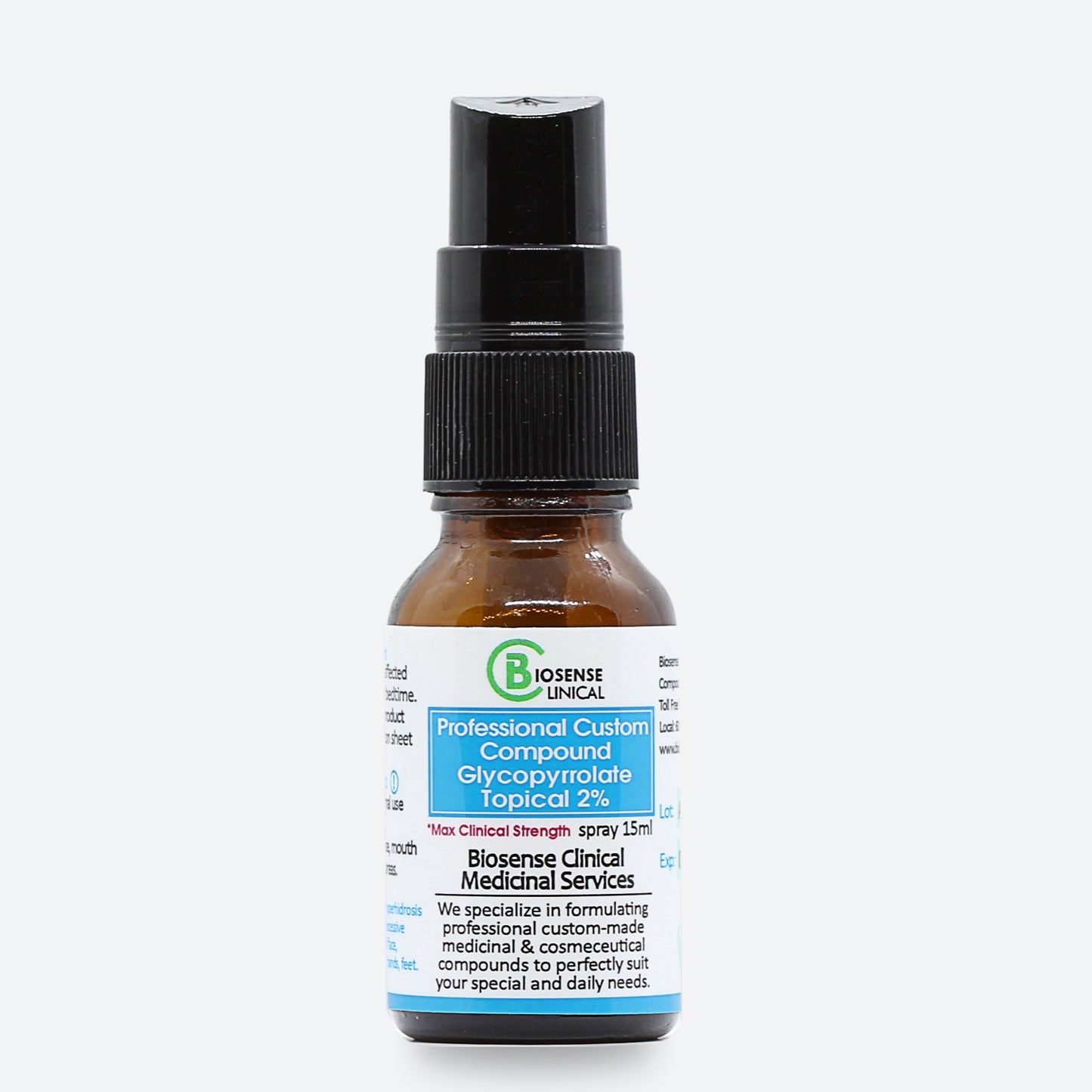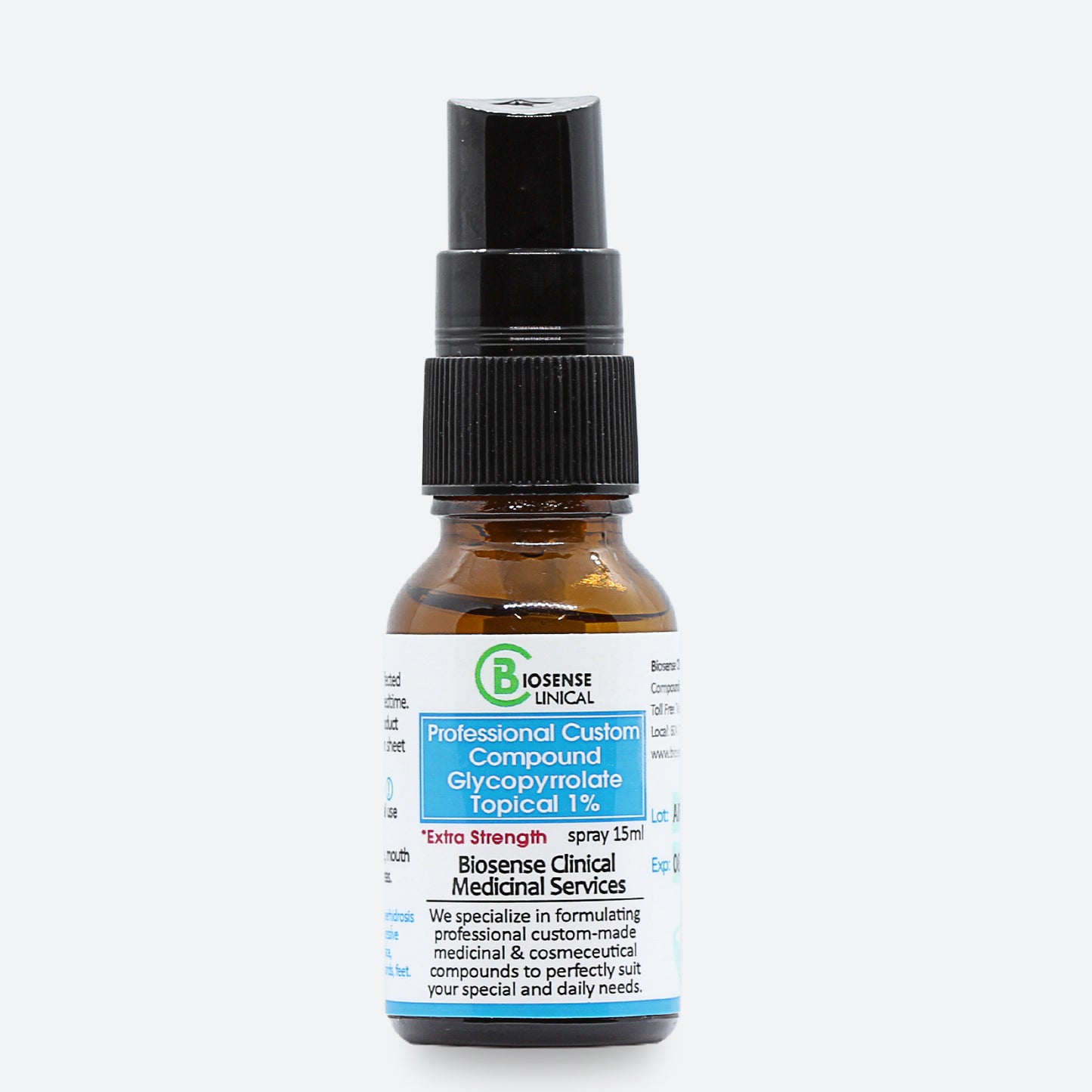Decoding Hyperhidrosis: Understanding Excessive Sweating
Hyperhidrosis (HH), a condition where individuals experience excessive sweating, affects about 2 to 3% of the population. This overproduction of sweat can lead to social discomfort and may restrict participation in social activities. Hyperhidrosis is characterized by sweating beyond what is necessary for regulating body temperature, often impacting areas such as the palms, soles of the feet, underarms, and face.
Mapping the Sweat: Typical Areas Affected by Hyperhidrosis
The face, underarms, hands, and feet are frequently impacted by hyperhidrosis or excessive sweating. Glycopyrrolate emerges as a notable treatment option for addressing this condition effectively. Furthermore, incorporating lifestyle modifications like wearing breathable fabrics and stress management techniques can enhance the efficacy of medical interventions in the management of hyperhidrosis.
How Glycopyrrolate Controls Excessive Sweating
Glycopyrrolate helps reduce excessive sweating. It works by blocking a natural substance in your body called acetylcholine, which tells your sweat glands to produce sweat. By blocking this signal, glycopyrrolate helps to decrease the amount of sweat your body makes, helping you feel more comfortable and confident. When applied topically, glycopyrrolate can penetrate the skin to block the nerve signals that stimulate the sweat glands, resulting in a reduction of sweat secretion. This mechanism helps to control excessive sweating (hyperhidrosis) and is particularly beneficial in cases where other methods have not been effective.
Understanding the Application of Glycopyrrolate for Excessive Sweating
- Apply to affected area once daily at bedtime.
- Avoid application near nose, mouth, and eyes.
- Refrain from washing the treated skin for 4 hours after application.
- Do not apply to cuts or broken skin.
- Store glycopyrrolate in a secure location, away from children and pets.
- Discontinue use if any rashes develop.
Exploring Potential Side Effects
Common side effects may include dry mouth, constipation, dry eyes, and blurred vision.
Conditions Under Which Glycopyrrolate Should Not Be Used
- Avoid use if you have a known allergy to glycopyrrolate.
- Prior to use, it is recommended to consult your physician, especially if you have medical conditions such as bladder neck obstruction, glaucoma, rapid heart rate, or myasthenia gravis, despite the minimal systemic absorption of glycopyrrolate when applied topically.
- Refrain from use during pregnancy or while breastfeeding.
Frequently Asked Question
In order to optimize its effectiveness, it is recommended to apply the Glycopyrrolate Topical Spray before applying moisturizer. Please allow the Glycopyrrolate Topical Spray to dry completely before applying moisturizer to ensure proper absorption into the skin.
Clinical evidence and reference:
Excessive facial sweating has been successfully treated with topical glycopyrrolate solution
Luh, J.Y, Blackwell, T.A., et al. (2002). “Craniofacial Hyperhidrosis Successfully Treated with Topical Glycopyrrolate.” Southern Medical Journal 95(7):756-8.
Topical glycopyrrolate application appears to be effective and safe for the treatment of excessive facial sweating in primary craniofacial and secondary gustatory hyperhidrosis following sympathectomy.
;Kim WO, Kil HK, Yoon KB et al. (2008). “Topical glycopyrrolate for patients with facial hyperhidrosis.” British Journal of Dermatology 158(5): 1094-7
Seukeran, DC, Highet, AS (1998). “The use of topical glycopyrrolate in the treatment of hyperhidrosis.” Clin Exp Dermatol 23(5):204-5
Shaw, JE, Abbott CA et al. (1997). “A randomized controlled trial of topical glycopyrrolate, the first specific treatment for diabetic gustatory sweating.” Diabetologia 40(3): 299-301.







